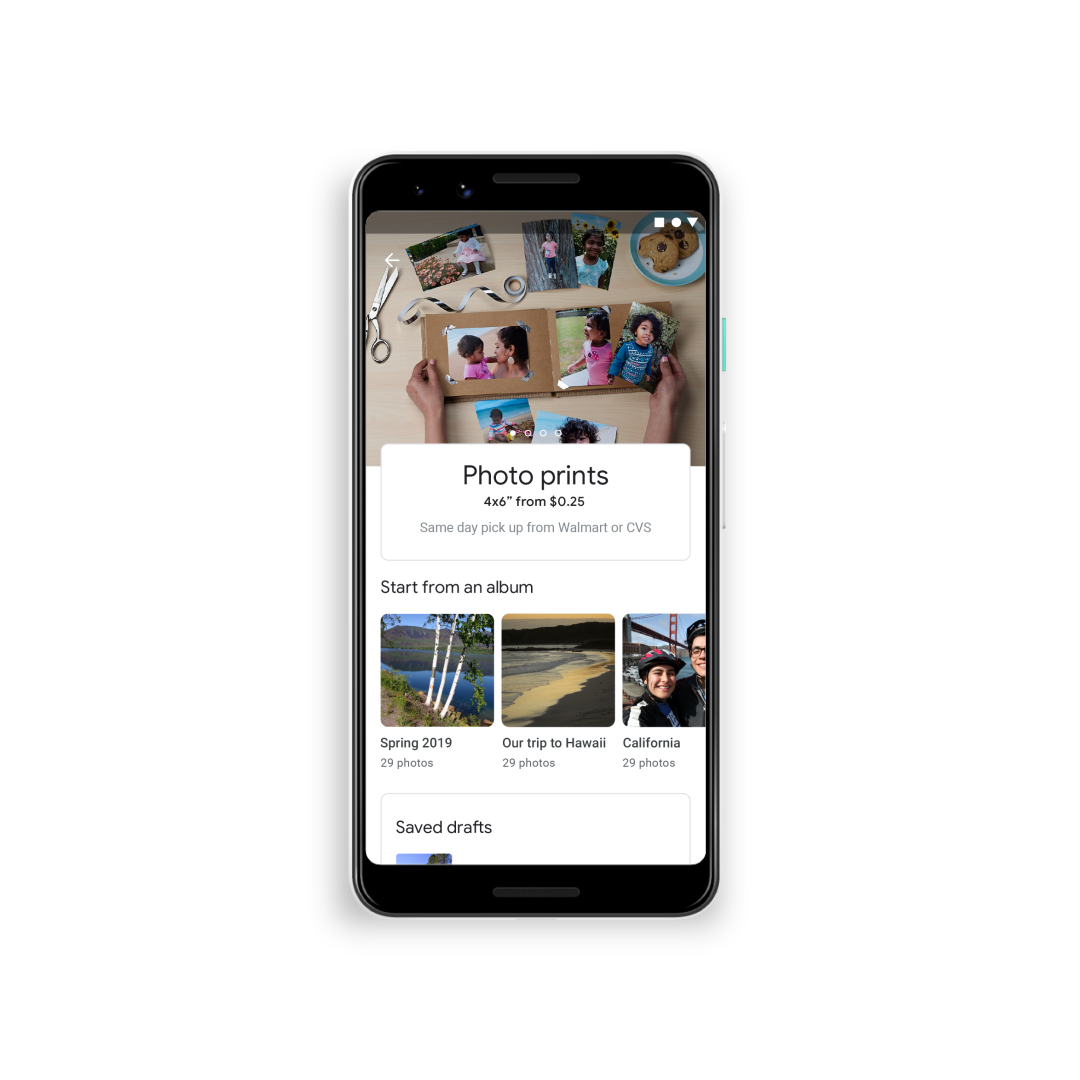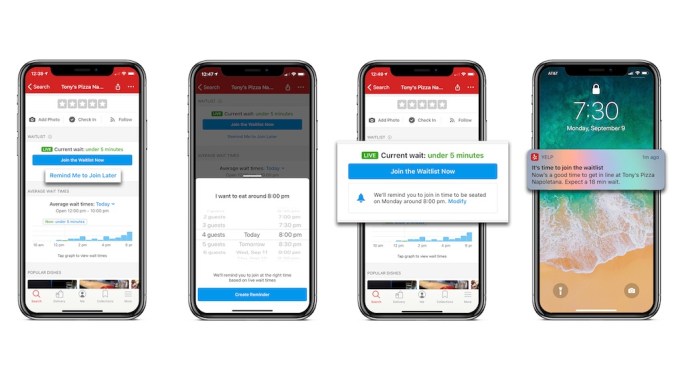While the dark web is an active marketplace for illegal goods, did you know that your web accounts are also a valuable commodity? It goes beyond bank accounts, too; a lot of accounts you believe are useless to hackers are sold on the dark web.
Let’s take a look at the different kinds of accounts sold on the dark web.
1. Financial and Personal Accounts
Private and financial accounts are the more obvious examples of dark web account selling. These can be used to steal your identity or steal money from you, so they’re a hot commodity amongst hackers.
We’ve already discussed in detail how much your identity is worth on the dark web, so be sure to read it to learn more about how your details are sold.
2. Email Accounts for Malicious Use
Email accounts sell for around $0.70-$1.20 per account, according to LogDog. These include accounts from the larger email providers such as Yahoo and Gmail. A hacker can do a lot with an email account, from harvesting personal information to using it as part of a botnet.
If you want to know how hackers use these accounts, be sure to read about the ways scammers can exploit your email address.
3. Dating Profiles
Hackers are keen to get their hands on your dating site account. A few years ago, Adaware reported on how hackers sold on 27 million accounts from the dating site Mate1.
This trend may seem odd at first, but think about the personal information used in dating accounts. Hackers can use the user’s details and messages to create a rough personal profile for the account. They can then use this information to perform identity theft.
If they can’t do that, they can use the account to talk to the people on your account. Don’t worry; the hacker has no intention of stealing the love of your life from you.
They can, however, impersonate you and ask your potential partners for help with a financial situation. If the hacker is skilled, they can convince their target to wire money into the scammer’s bank account. This would sour your next date for sure!
Dating site accounts sell for a decent amount on the dark web. LogDog reported that eHarmony accounts sell for around $10, which made them the second-most expensive account in LogDog’s report.
4. Compromised Netflix Accounts
If you have a Netflix account, you may have experienced the lengths people go to share your account. Some people don’t like paying a monthly fee for something they could get for free. Hackers are no different, except they won’t ask you for permission before they start watching.
If a hacker gains access to your Netflix account, they can use it to watch shows without paying a penny. Compromised Netflix accounts sell for just a couple of dollars, a small price to pay versus Netflix’s monthly fee. As such, if you see any unusual activity on your Netflix viewing history, be sure to change your password.
5. Adult Website Accounts
In a similar vein, adult website accounts are a hot commodity on the dark web. Adult sites often ask for a monthly fee to access their videos, and hackers circumvent this by piggybacking off of a legitimate customer’s account.
What’s interesting is how low the price of an adult account can go. LogDog reported that Brazzers accounts fetch around $1, which is up to half the price of a Netflix account. $1 is also the going price for a social security number on the dark web, which shows how low hackers price your identity.
6. Using Airline Accounts for Free Flights
Be careful with your airline accounts or a hacker may get a free holiday from you. Uaware reported that British Airways accounts sell for £31.94, a 375 percent increase between 2018 and 2019.
A hacker can use your financial information to book themselves a trip to sunny beaches, but that can be risky. Flights don’t come cheap, so using stolen information to book a flight has a very high chance of alerting the bank.
As such, hackers are more interested in the flight points on your account, which they can spend on “reward holidays.” This tactic makes less of a financial footprint and is harder to spot.
7. Scraping PayPal Accounts
As you might expect, hackers are keen to get a hold of accounts with payment information on them. PayPal accounts are no different, but these do have an added bonus; the PayPal balance.
When a hacker gains access to a PayPal account, they’ll check to see if it has any money on it. If it does, they can then sell on the account on the dark web. How much the account sells for depends on how high the balance is.
But wait a moment; why don’t hackers take the money instead of selling the account? Sometimes, hackers don’t feel like taking the risk. PayPal keeps a close eye on transactions, so it requires a skilled hacker to extract the funds successfully.
As such, a hacker who doesn’t feel confident will sell the account onto someone with expertise in laundering. It’s like if someone knew the blueprints to a jewelry store, but didn’t have the tools to rob it. They instead sell the plans to a professional group who can do the job better.
8. Fortnite Accounts as “Mules”
This commodity may be the strangest entry out of all of them; after all, Fortnite is free to play! Why would anyone pay money for something that’s available for free?
The key is not the account itself, but what’s on it. Fortnite accounts are free to create, but you can spend money on in-game items. Some items are only obtainable if the player completes a tough challenge, such as being the last one standing out of 100 people.
Fortnite also supports upgrading accounts to unlock special features. For example, playing Battle Royale is free, but the “Save the World” game mode requires a founder’s pack. It costs $39.99 to upgrade, which makes these accounts a hot commodity on the dark web.
As such, if a hacker gets their hands on an account with rare items or the founder’s pack on it, they can flip them for a fraction of the total price paid. The more and rarer the items, the higher the price it can command on the dark web.
Hackers can also make use of accounts with little to no items. Variety reported on hackers loading up “mule accounts” with the in-game currency, V-Bucks, using stolen credit card credentials. They then sell on the account for a fraction of the cost.
For example, someone could purchase $50-worth of V-Bucks using stolen cards, then sell it on the dark web for $20. The hacker “cleans the trail” and earning themselves $20, while the purchaser gets a significant discount on in-game items.
Staying Safe From the Dark Web
People use the dark web to sell illegal goods, but it also has a bustling market for accounts. While banking and financial accounts are obvious commodities, be sure to keep your other accounts secure. Who knows how a hacker may use them!
If you’re curious about this underground marketplace, be sure to read the reasons why you should avoid the dark web.
Read the full article: 8 Shocking Online Accounts Sold on the Dark Web
Read Full Article





















